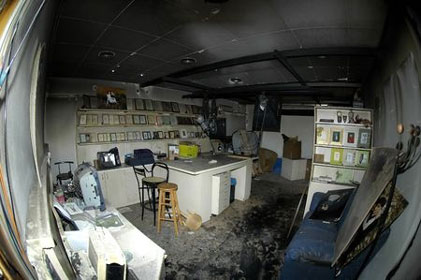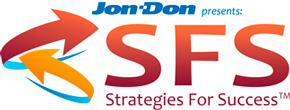The question: Where do we draw the line between mitigation/remediation and structural construction?
Steve’s answer: First ask “Where do we want to go with our company?” (And our lives!) Then choose one of three Restoration Business Models.
Hi Steve!
To what extent did you do structural reconstruction? Where did you draw a line between the extremely profitable restoration/remediation/mitigation work and structural construction?
I hope this finds you well. We are GREAT! Our numbers since SFS are spectacular and we are controlling every aspect of our customer’s experience!!! Now we are just “tweaking” things!
Tweaking It in Tennessee
Hi Tweaking,
I’m just glad you didn’t call yourself “Twerking”! Seriously though, that’s a good question on “ Where did you draw a line between the extremely profitable restoration/remediation/mitigation work and structural construction?” Reading between the lines my guess is you kids have found that the “sweet spot” is in the mitigation/ remediation and most of all DRYING!

And you have also discovered most of the headaches/ low profit margins/ need for skilled trades peoples are in the construction side! GRRRRRR! Am I right or am I right??? 🙂
And yet… many of our SFS restoration contractors feel forced by either a) their marketplace (adjusters want one -stop shopping) or b) need to “defend” their loss (too many structural contractors want the “whole pie” or have close relationships with one of your competitors) to go into construction. Sigh… so what’s a poor restoration contractor to do?
First, I want you to THINK… about who you are, where do you want to go and most importantly… “what do you kids want to be when you grow up?” 🙂 In my more-or-less humble opinion you have three roads open to you. (With a few variations of course.)
NOTE: For simplicity I’m going to focus this on water damage. Fire and smoke restoration is a whole ‘nother can of worms!
1) Stay small(er) in restoration and look for the sweet spot. This approach works really well in big markets and especially if you follow our recommended SFS “3-Legged Stool” Business Model. Will you dominate your entire city? Maybe not. Do you need to? NO! Instead, build relationships with local insurance agents and adjusters/ plumbers/ property managers (apartments are always getting flooded!), commercial facility managers, etc. (Remember, with the “3-Legged Stool” you are already working with these folks with your “commercial leg”. One leg feeds the other two legs, etc!
NOTE: For me the “sweet spot” in water losses is a medium sized (3,000 to 5,000 bucks!) residential loss. In and out in 3 to 4 days (many times paid within a week) AND with an 80% profit margin! (Many company agents have draft authority up to 5K or more!) Then you sign these delighted insureds up for your pre-paid residential Stay Beautiful maintenance program! (Have I mentioned that one leg feeds your other two legs on the stool?)
2) Go big! Yep, you go “whole hog” with carpenters, roofers, drywallers, etc on staff. These “captive employees” allow you to give immediate response (doing the board-up should let you “spike the loss”) and you are controlling ALL of the Moments of Truth in the entire process.
NOTE: Whichever business model you choose be sure to guide your employees (and your subs) with this Restoration “Moments of Truth” Checklist HERE.
And as mentioned more and more adjusters want one-stop-shopping and who can blame them? Nothing wrong with this approach IF you have the “fire in the belly”, can deal with permits/licenses, inspectors, etc, build the right Business Infrastructure AND have the sales and marketing set up to “feed the monster”. (Your nut can be incredible with this business model.) OR…
3) You can choose the tricky “hybrid route”. You look for contractors that will be “Strategic Partners” and let you offer #2 above but without the crushing fixed overhead of keeping these folks on the payroll full-time. Challenges? You bet! Offering the immediate “priority service” that insureds want while keeping “all the balls in the air” is much more challenging with subs instead of employees.
NOTE: All three business models above will benefit from my free “How to Transform Your Restoration Business” Special Report HERE.
So what did I do, Tweaking? Due to our small market base I wound up somewhere between #1 and #3. I built a Strategic Partnership with a large structural contractor who coordinated closely with me during the entire loss. Then we had selected sub-contractors we would use on small losses to tie the entire job up in one package. It worked great for us. I’ll be excited to see what you folks come up with. (Or even where you are right now.) Let me know how I can help!
Steve
